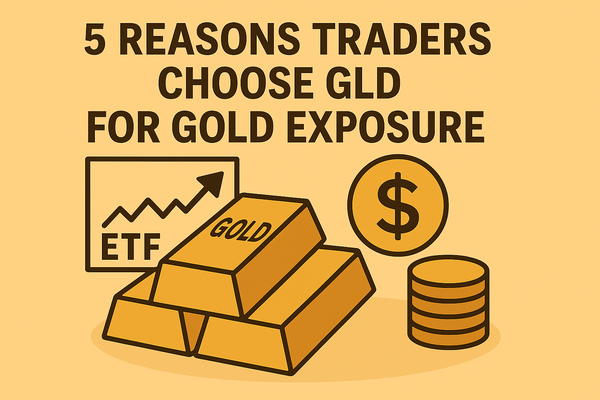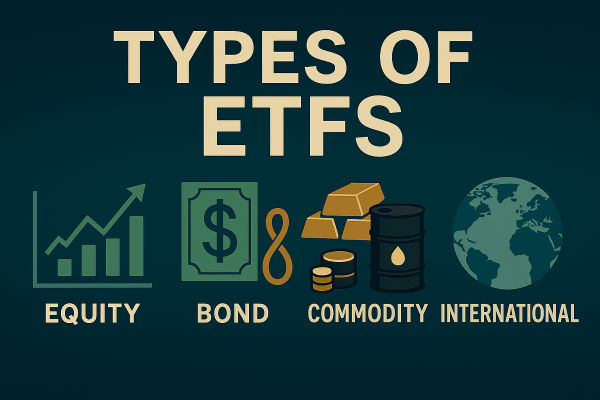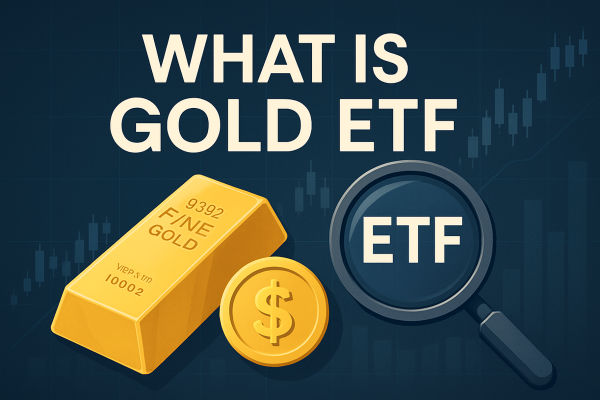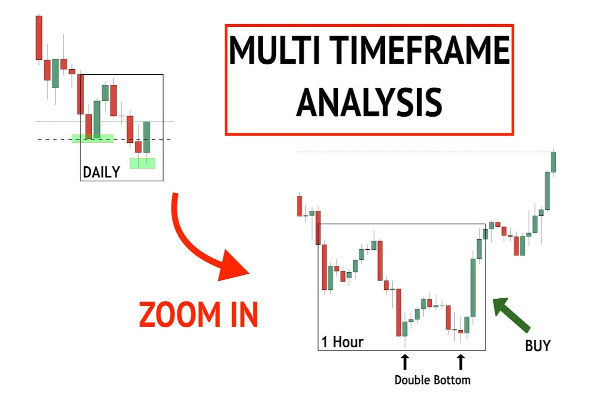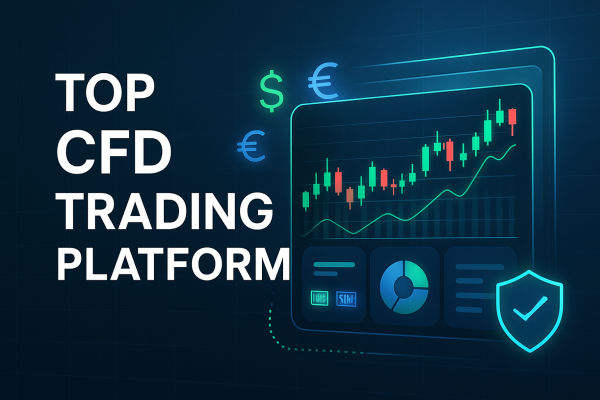Gold has long been a cornerstone for traders seeking diversification, inflation protection, and a haven during market turbulence. In 2025, the SPDR Gold Trust (GLD) remains the world's largest and most liquid gold-backed ETF, offering a convenient way to access gold's benefits without the complexities of physical ownership.
Here are five compelling reasons why traders continue to choose GLD for gold exposure—and how you can leverage its strengths in your trading strategy.
5 Reasons Traders Choose GLD for Gold Exposure
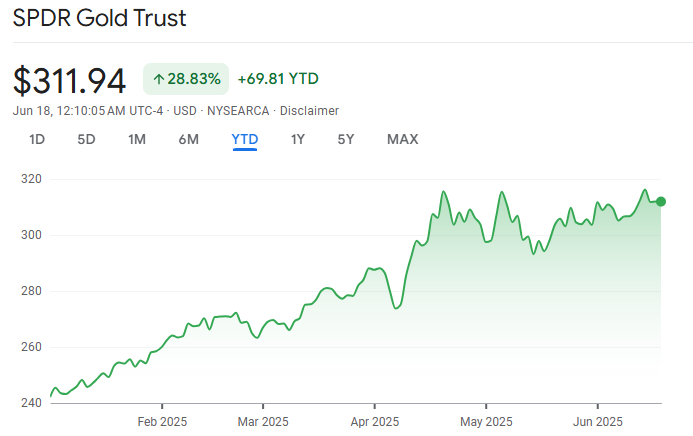
1. Exceptional Liquidity and Tight Spreads
GLD boasts a market capitalisation of over $100 billion and regularly trades millions of shares daily, making it one of the most liquid ETFs globally. This deep liquidity ensures tight bid-ask spreads, efficient execution, and the ability to enter or exit positions quickly—even during periods of market stress.
For active traders and institutional investors alike, this means minimal slippage and reliable pricing that closely tracks the spot price of gold.
2. Direct, Transparent Exposure to Physical Gold
Unlike gold mining stocks or futures-based products, GLD is physically backed by gold bullion stored in secure vaults. Each share represents a fractional, undivided interest in the trust's gold holdings.
The fund's structure as a grantor trust means investors have direct exposure to gold price movements, with daily updates on holdings, net asset value, and pricing available on the fund's website. This transparency allows traders to monitor their exposure and ensures that GLD's performance closely mirrors the global spot price of gold.
3. Cost-Effective and Convenient Alternative to Physical Gold
Buying, storing, and insuring physical gold can be costly and logistically challenging. GLD offers a cost-effective solution, with an expense ratio of 0.40%—significantly lower than the cumulative costs of physical ownership.
Traders can buy or sell GLD shares through any standard brokerage account, using market, limit, or stop-loss orders, just like any other stock or ETF. This convenience makes GLD accessible to both retail and institutional participants, without the need for specialised storage or security arrangements.
4. Flexibility for Diverse Trading Strategies
GLD's listing on the NYSE Arca allows for continuous trading throughout market hours, enabling traders to react swiftly to economic data, geopolitical events, or shifts in risk sentiment.
The ETF is eligible for margin trading and short selling, providing opportunities for both bullish and bearish strategies. Whether you're seeking to hedge equity risk, capture short-term momentum, or build a core portfolio allocation to gold, GLD's flexibility supports a wide range of trading approaches.
5. Portfolio Diversification and Safe-Haven Appeal

Gold's historical role as a store of value and hedge against inflation, currency devaluation, and market volatility is well established. GLD allows traders to incorporate these defensive attributes into their portfolios with ease.
In 2025, with ongoing geopolitical tensions and inflationary pressures, gold has outperformed many asset classes, with GLD delivering strong returns and attracting record inflows. For traders, allocating to GLD can help smooth portfolio volatility and provide ballast during turbulent markets.
Key Considerations and Risks
While GLD offers many advantages, traders should be aware of a few important considerations:
-
Tax Treatment: GLD is classified as a collectible for US tax purposes, meaning long-term gains may be taxed at up to 28%, higher than the standard capital gains rate.
-
No Physical Redemption: Investors cannot take delivery of physical gold from GLD; redemptions are only available to authorised participants in large blocks.
Tracking Error: While GLD closely tracks spot gold, small discrepancies may arise due to management fees and operational expenses.
Practical Tips for Trading GLD
Monitor Gold Market Drivers: Keep an eye on macroeconomic indicators, central bank policy, and geopolitical news, as these can significantly impact gold prices and GLD performance.
Use Stop-Loss Orders: Protect your positions during volatile periods by setting appropriate stop-loss levels.
Consider Tax-Advantaged Accounts: Holding GLD in an IRA or similar account can help defer or reduce tax liabilities on gains.
Diversify: While GLD is a powerful tool, balance your portfolio with other asset classes to manage risk effectively.
Conclusion
GLD remains the gold standard for traders seeking efficient, transparent, and flexible gold exposure in 2025. Its liquidity, direct physical backing, low costs, and versatility make it a top choice for both tactical and strategic allocations.
By understanding how to use GLD effectively, traders can harness gold's unique benefits to enhance portfolio resilience and capitalise on global market trends.
Disclaimer: This material is for general information purposes only and is not intended as (and should not be considered to be) financial, investment or other advice on which reliance should be placed. No opinion given in the material constitutes a recommendation by EBC or the author that any particular investment, security, transaction or investment strategy is suitable for any specific person.
